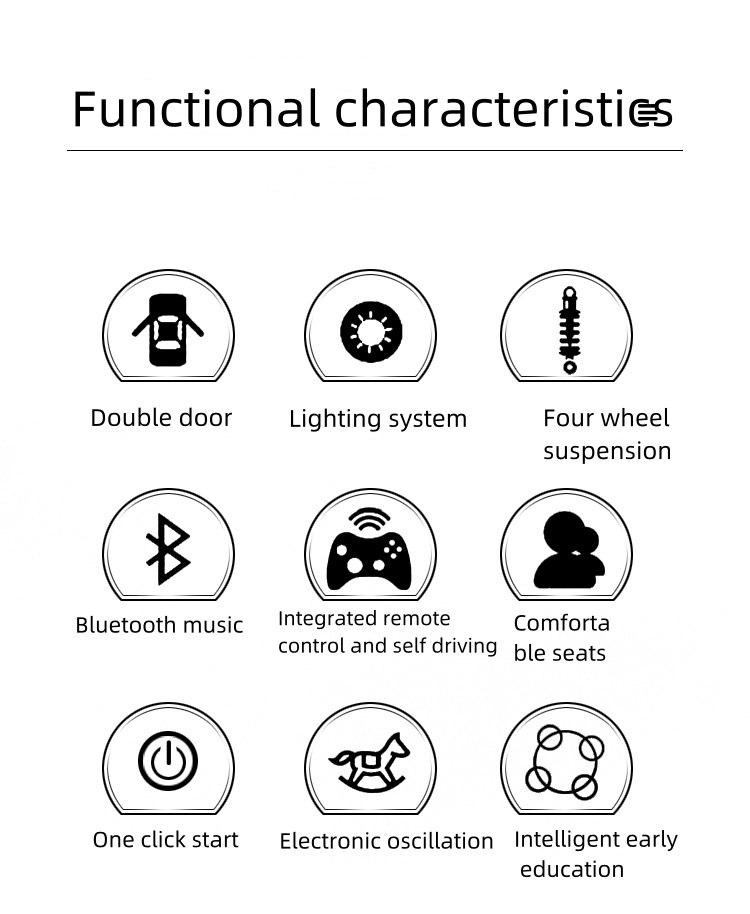Tips for Achieving Balance on Your Scooter for a Smooth Ride
How to Balance on a Scooter
Riding a scooter can be a fun and exhilarating experience, but mastering the art of balancing on it is essential to enjoying your rides safely. Whether you’re a beginner or have some experience, here are some tips and techniques to help you achieve better balance on your scooter.
Understanding Balance
Balance is the ability to maintain a steady position while in motion. It involves both physical skill and mental focus. When riding a scooter, the primary challenge is to keep the scooter upright while steering and maintaining speed. Factors such as body positioning, weight distribution, and environmental conditions all play a critical role in achieving balance.
Choose the Right Scooter
Before you even step on the scooter, selecting the right one for you is crucial. Scooters come in various shapes and sizes, designed for different riding styles and experiences. A scooter that is too big or small can hinder your ability to balance. Choose a scooter that you can comfortably stand on, with your feet flat on the deck and your knees slightly bent. Ensure the handlebars are at a height that feels natural for you.
Start with the Basics
If you’re new to riding a scooter, begin by practicing in a safe, flat area away from traffic and distractions. Start by standing still on the scooter with one foot on the deck and the other foot on the ground. This position will help you acclimate to the feel of the scooter. Once you feel comfortable, push off with your grounded foot and glide forward.
When you begin to move, keep your knees bent and your body relaxed. A tense body can make balancing more difficult. Instead, allow your body to move naturally with the scooter, adjusting as needed to maintain your center of gravity.
Use Your Core
A strong core is essential for maintaining balance on a scooter. Engage your core muscles to help stabilize your body while you ride. Imagine a string pulling you upward from your head, keeping your spine straight and your chin up. This posture not only aids balance but also improves your overall riding experience by allowing for smoother movements.
how to balance scooter

Weight Distribution
Proper weight distribution is vital for maintaining balance. Your weight should be evenly distributed over both feet while riding. Leaning too far forward or backward can throw you off balance. When navigating turns, shift your weight slightly to the side you’re turning toward while keeping your body centered over the scooter. Practice this technique slowly before attempting sharp turns.
Look Ahead
Your focus should be on where you want to go rather than on the ground directly in front of you. This technique, often referred to as looking ahead, helps maintain balance and improves your reaction time to obstacles. By keeping your gaze forward, you can prepare for upcoming changes in terrain and adjust your balance accordingly.
Practice, Practice, Practice
Like any skill, mastering balance on a scooter requires consistent practice. Start with short rides, gradually increasing your distance as you become more comfortable. Try practicing various maneuvers such as turning, stopping, and riding over small bumps. Each of these actions will help build your confidence and enhance your balancing abilities.
Safety Measures
While practicing your balance, always wear appropriate safety gear. A helmet, knee pads, and elbow pads will protect you in case of falls, which are common when learning balance techniques. Familiarize yourself with the environment you’re riding in and avoid areas with heavy pedestrian traffic until you’re more confident in your skills.
Conclusion
Balancing on a scooter is a skill that can take time to develop, but with patience and practice, anyone can learn to ride smoothly and confidently. Focus on your body positioning, engage your core, manage your weight distribution, look ahead, and most importantly, have fun! With these techniques in mind, you’ll be mastering your scooter in no time, enjoying all the thrilling rides it has to offer. Happy scooting!
-
Understanding Voltage in Battery for Children's Motorized CarNewsJun.05,2025
-
Safety Features to Look for in an Electric Car for KidsNewsJun.05,2025
-
How to Teach Your Child to Ride a Kids MotorcycleNewsJun.05,2025
-
How to Prevent Falls on a Balanced ScooterNewsJun.05,2025
-
How to Maintain Your 3 Wheeled Scooter for LongevityNewsJun.05,2025
-
Best Motorcycle Scooters for Urban CommutingNewsJun.05,2025
